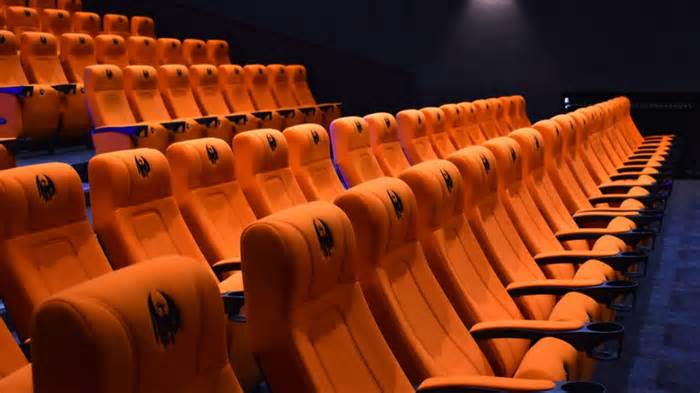Adarsh explains how synthetic intelligence and other technological advances are being used to translate scrolls that in the past had the idea of reading. . .
When Mount Vesuvius erupted in 79 AD, along with the city of Pompeii, it also buried another ancient Roman city called Herculaneum under volcanic ash and pumice. Because Herculaneum was buried under a thicker layer of ash and pyroclastic tissues, it helped maintain biological tissues such as wood and papyrus.
The project, called the Greek Schools Project, is a five-year study that employs various technologies and strategies to help decipher fragile papyri. In 2021, the European Research Council awarded a $2. 7 million grant to try to read, repair, and translate ancient or even lost languages that employ state-of-the-art technology. Through the use of modern equipment and synthetic intelligence, researchers are beginning to read what was long considered unreadable.
Using hyperspectral imaging, the parchment fragments were illuminated with infrared rays that revealed letters invisible to the naked eye. This allowed the researchers to reconstruct the texts more accurately.
Professor Graziano Ranocchia, leader of the task at the University of Pisa, used hyperspectral imaging to remove the darkness from the parchment fragments with broadband infrared light. She says the procedure is like completing crossword puzzles or betting on the executioner. In fact, it only takes one letter to be sure. of the answer.
Using CT scans, the researchers were able to take 3D photographs of the rolls. Thanks to this technology, they can read on the sensitive papyrus without physically unrolling it. Machine learning algorithms were then used to identify the ink on the distorted papyrus and blackened pages. These algorithms can simply decipher the text by detecting those variations, even when the ink itself isn’t visible to the human eye.
What’s even more exciting is that there are still many manuscripts of Herculaneum to read. It is believed that there are others who are still buried in the ancient city and have not yet been found. According to the Times, fragments and lost texts from Sophocles Through Aristotle can still be found. Thanks to these technological advances, many texts written on the back of the rolls or in overlapping and glued layers will also be translated in combination with the unfolding procedure.
The successful implementation of the modern generation to decipher those ancient texts can be hailed as a major breakthrough for ancient research. The techniques developed can be implemented on other ancient items, such as Egyptian mummy wrappers and other broken documents.
All in all, in the coming years, we will possibly know more about our ancient history than ever before!

